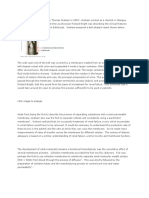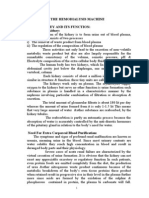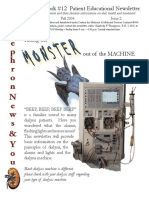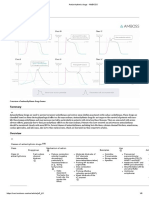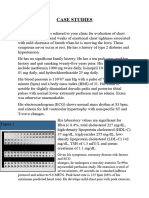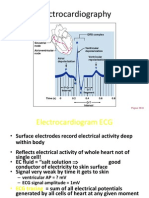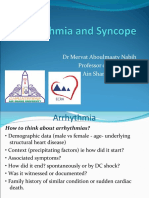Chapter 06
Therapeutic Instruments
Hari K.C.
Pashchimanchal Campus, IOE,TU
�Therapeutic Instruments
Kidney Function:
àTo purify the blood.
àTo remove the waste products.
àTo maintain acid and base value.
�Artificial Kidney
• Dialyzers
• Hemodialysis is a method for removing waste products
such as creatinine and urea, as well as free water from the
blood when the kidneys are in kidney failure.
• The mechanical device used to clean the patients blood is
called a dialyser, also known as an artificial kidney.
• The other name for artificial kidney is also called a dialysis
machine.
• Modern dialysers typically consist of a cylindrical rigid
casing enclosing hollow fibers cast or extruded from a
polymer or copolymer, which is usually a proprietary
formulation. The combined area of the hollow fibers is
typically between 1-2 square meters.
• Intensive research has been conducted by many groups to
optimize blood and dialysate flows within the dialyser, in
order to achieve efficient transfer of wastes from blood to
dialysate.
��• Hemodialysis, also spelled haemodialysis, commonly
called kidney dialysis or simply dialysis, is a process of
purifying the blood of a person whose kidneys are not
working normally.
• This type of dialysis achieves the extracorporeal removal
of waste products such as creatinine and urea and free
water from the blood when the kidneys are in a state
of kidney failure.
��Types of Dialyzers
A dialyzer is an artificial kidney designed to provide controllable
transfer of solutes and water across a semi permeable membrane
separating flowing blood and dialysate streams.
The transfer processes are diffusion (dialysis) and convection (ultra-
filtration). There are three basic dialyzer designs: coil, parallel plate,
and hollow fiber configurations.
�• Coil dialyzer: An early design in which the blood
compartment consisted of one or two long
membrane tubes placed between support screens
and then tightly wound around a plastic core.
• This design had serious performance limitations,
which gradually restricted its use as better designs
evolved.
• The coil design did not produce uniform dialysate
flow distribution across the membrane. More
efficient devices have replaced the coil design.
�• Parallel Plate Dialyzer: Sheets of membrane are
mounted on plastic support screens, and then stacked
in multiple layers ranging from 2 to 20 or more.
• This design allows multiple parallel blood and
dialysate flow channels with a lower resistance to
flow.
• The physical size of the parallel plate dialyzers has
been greatly reduced since their introduction.
• There have been major improvements which provide
(1) thinner blood and dialysate channels with uniform
dimensions, (2) minimal masking or blocking of
membranes on the support, and (3) minimal
stretching or deformation of membranes across the
supports.
�• Hollow Fiber Dialyzer:
This is the most effective design for providing low-
volume high efficiency devices with low resistance to
flow.
• The fibers in the device are termed the fiber bundle.
• The fibers are potted in polyurethane at each end of
the fiber bundle in the tube sheet, which serves as
the membrane support.
������Defibrillator Machine
• An automated external defibrillator (AED) is a portable device that
checks the heart rhythm and can send an electric shock to the heart
to try to restore a normal rhythm. AEDs are used to treat sudden
cardiac arrest (SCA).
• SCA is a condition in which the heart suddenly and unexpectedly
stops beating. When this happens, blood stops flowing to the brain
and other vital organs.
• SCA usually causes death if it's not treated within minutes. In fact,
each minute of SCA leads to a 10 percent reduction in survival. Using
an AED on a person who is having SCA may save the person's life.
���THANK YOU












































